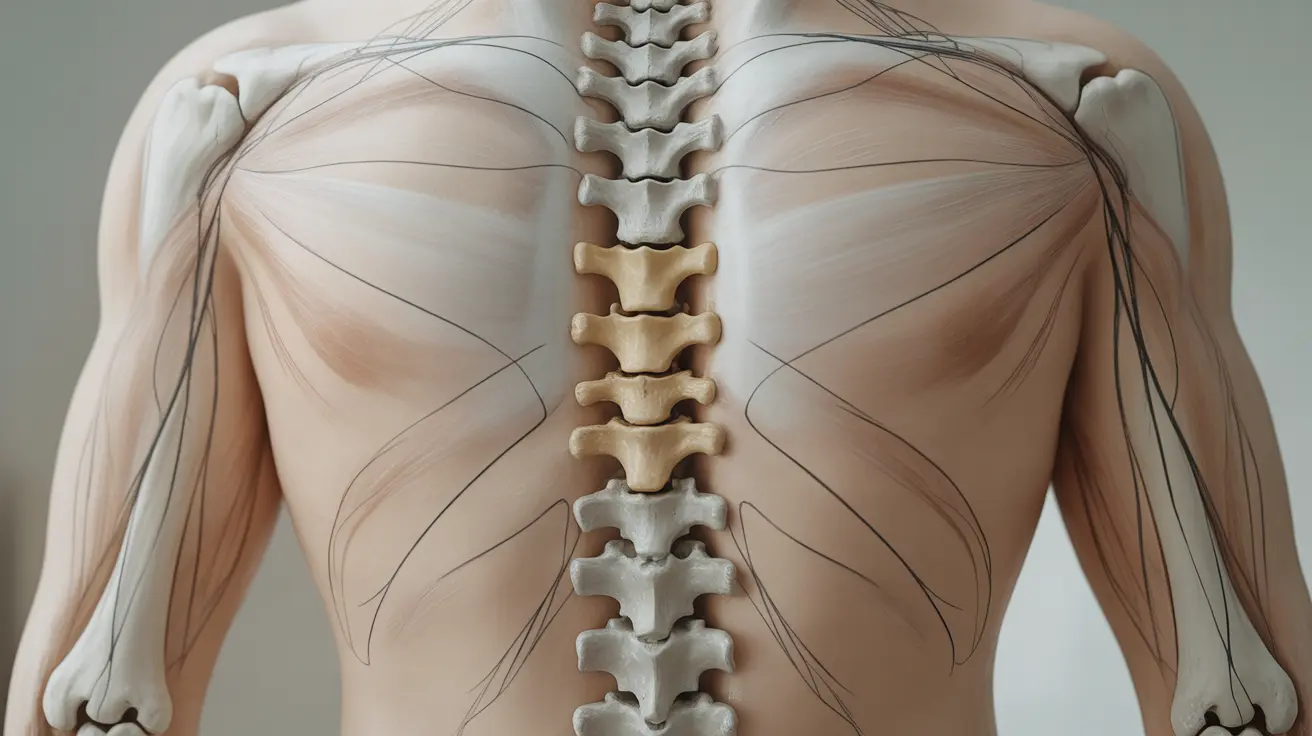Wedging of vertebrae, also known as vertebral compression fractures, is a serious condition that affects the spine's structure and can significantly impact a person's quality of life. This condition occurs when one or more vertebrae become compressed or collapse, creating a wedge-like shape that can lead to pain, reduced mobility, and potential complications if left untreated.
Understanding this condition is crucial for early detection and proper treatment, especially for individuals at higher risk. Let's explore the essential aspects of vertebral wedging, from its causes to various treatment approaches and prevention strategies.
Common Causes and Risk Factors
Vertebral wedging can occur due to various factors, with some populations being more susceptible than others. The most common causes include:
- Osteoporosis
- Trauma or injury
- Bone cancer or metastasis
- Age-related bone degeneration
- Long-term corticosteroid use
Risk factors that may increase the likelihood of developing vertebral wedging include:
- Advanced age (particularly in postmenopausal women)
- Low bone density
- Sedentary lifestyle
- Smoking
- Poor nutrition
- Family history of osteoporosis
Diagnosis Methods
Healthcare providers employ several diagnostic tools and techniques to identify and assess vertebral wedging:
Imaging Studies
- X-rays
- CT scans
- MRI scans
- Bone density tests (DEXA scan)
These imaging methods help doctors evaluate the extent of vertebral compression and determine the most appropriate treatment approach.
Treatment Approaches
Treatment for vertebral wedging typically involves a combination of approaches, depending on the severity and underlying cause:
Conservative Treatment
- Pain management medications
- Physical therapy
- Bracing
- Rest and activity modification
Surgical Interventions
In more severe cases, surgical procedures may be necessary:
- Vertebroplasty
- Kyphoplasty
- Spinal fusion (in select cases)
Prevention and Lifestyle Modifications
Several lifestyle changes can help prevent vertebral wedging or slow its progression:
Exercise and Physical Activity
- Weight-bearing exercises
- Balance training
- Core strengthening
- Proper posture maintenance
Dietary Considerations
- Adequate calcium intake
- Vitamin D supplementation
- Balanced nutrition
- Protein-rich foods
Frequently Asked Questions
What are the common causes and risk factors for wedging of vertebrae?
The most common causes include osteoporosis, trauma, bone cancer, and age-related degeneration. Risk factors include advanced age, low bone density, sedentary lifestyle, smoking, and poor nutrition. Postmenopausal women are particularly at risk.
How is vertebral wedging typically diagnosed, and what tests are used?
Diagnosis typically involves imaging studies such as X-rays, CT scans, MRI scans, and bone density tests (DEXA scan). These tests help healthcare providers assess the extent of compression and determine appropriate treatment options.
What are the treatment options for vertebral compression fractures, and how effective are they?
Treatment options range from conservative approaches like pain management and physical therapy to surgical interventions such as vertebroplasty and kyphoplasty. The effectiveness varies by individual, but many patients experience significant pain relief and improved mobility with appropriate treatment.
Can lifestyle changes, such as diet and exercise, help prevent vertebral wedging or reduce its symptoms?
Yes, lifestyle modifications can help prevent vertebral wedging and manage symptoms. Regular weight-bearing exercise, proper nutrition with adequate calcium and vitamin D, and maintaining good posture are essential preventive measures.
What are the potential complications of vertebral wedging, and how can they be managed or prevented?
Potential complications include chronic pain, reduced mobility, height loss, and increased risk of future fractures. These can be managed through proper treatment adherence, regular medical monitoring, and lifestyle modifications that support bone health.




